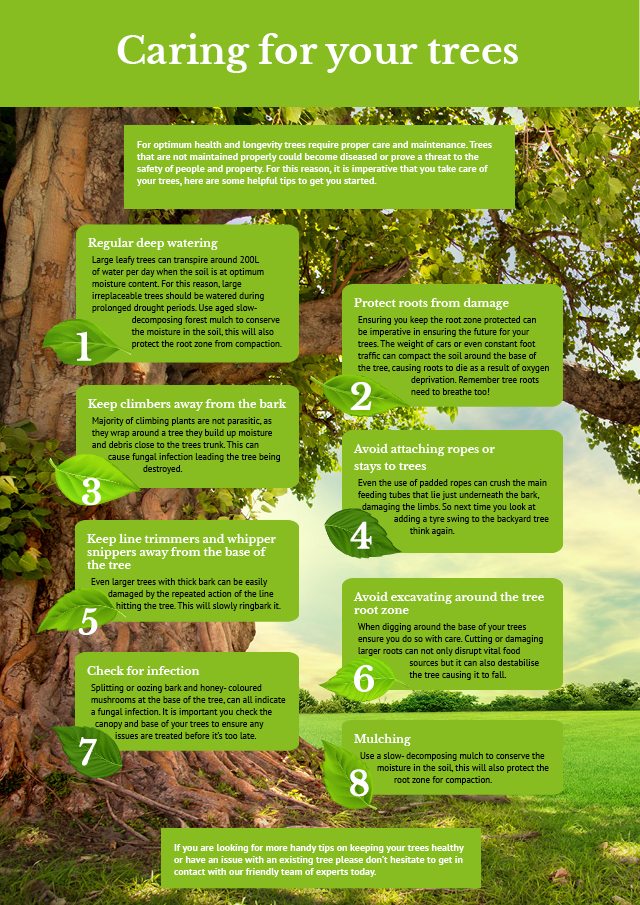Indicators It's Time To Get Rid Of A Tree - A Homeowner'S Guide
Indicators It's Time To Get Rid Of A Tree - A Homeowner'S Guide
Blog Article
Uploaded By-Jacobsen Bendixen
Trees include elegance and worth to residential or commercial property, yet they can also position a danger throughout extreme weather condition occasions. If a tree has stopped growing, is showing noticeable fungal growth, or has a leaning trunk, it must be removed by a professional to stay clear of property damage and injury.
For more information, participate in a home owner source fair co-hosted by HPD, the Facility for New York City Neighborhoods, and Brooklyn-based housing companions this evening in Bedford-Stuyvesant. The occasion will include the House owner Handbook, a brand-new guide to aid home owners browse the duties of owning a home.
1. Dead or Perishing Branches
Trees are an essential part of your home's landscape, providing shade and elegance. They likewise supply sanctuary for wildlife and produce oxygen, however even healthy and balanced trees can experience health issue that might require their removal. Dead or dying trees aren't just undesirable, they can be unsafe. Their branches could drop throughout a storm, bring about costly residential or commercial property damages and injuries.
When a tree's branches begin to die, it means that its framework is beginning to break down. If the majority of its branches are dead, it is most likely time to remove it.
Try to find an absence of brand-new growth, bark peeling, open wounds or cavities, fungi expanding on the trunk or roots and a basic look of decay in the entire cover. These indicators of infection can indicate a major trouble that will certainly require professional tree services to solve.
2. Leaning https://sergioicxrl.anchor-blog.com/9625709/securing-your-assets-by-getting-rid-of-trees
While it's typical for trees to lean from time to time as a result of phototropism, if a tree has an unsafe or serious lean that's not because of natural processes - it could be an indicator that the tree requires to be eliminated. If the tree is leaning toward a power line, home, vehicle, play framework or any other location that could be hazardous to individuals if it falls, then contacting a professional tree solution for removal must be a top priority.
It's additionally essential to look for any kind of sudden changes in a tree's leaning as it can suggest damage to the origins or trunk that might cause dropping. This is specifically true throughout thundercloud, given that high winds and rain-soaked soil can cause a lean to transform promptly. Regular monitoring, specifically throughout and after storms can aid home owners acknowledge possible issues with their trees so they can call an arborist for an extensive analysis.
3. Pest Infestation
Some pest problems, such as wood-boring bugs like emerald ash borer or sap-suckers like range insects, are so severe that they can trigger a tree to die. The very best way to avoid pest problem is to check your trees on a regular basis. Try to find spots, holes, or stainings in the fallen leaves and bark. Examine the trunk for fractures and indicators of insect damages, such as tunnels or tracks.
If a tree becomes as well infested with parasites, or is close to a home or high-voltage line, an arborist may suggest removal. If visit site leaning tree creates a new, unstable lean, an arborist will likely recommend elimination also to make certain the safety of individuals and home. If a damaged or dead tree continually drops extreme branches, it is a sign that it is time to remove the tree. If a tree continues to shed branches for an extensive period of time, it might result in architectural issues and prospective home damages.
4. Harmed Trunk
Trees are a beautiful and vital part of our landscape, yet they do need normal like keep them healthy and risk-free. If a tree is damaged irreparable it is likely time for it to come down.
Search for indications of damage to the trunk, consisting of vertical cracks, joints, dead branch stubs, visible wounds or open dental caries and severe tree-rot. The presence of fungis at the base of the trunk is another warning indication. Fungi might show that the phloem and xylem (life-support cells) are endangered, permitting the spread of disease or a future failing.
Additionally, consider whether the tree has actually stopped expanding. Healthy trees will have new growth annually, which may be visible as buds or branches growing and extending. If you don't see any type of new growth, it's a great concept to have an arborist review the tree and follow their recommendation for removal. A dying or harmed tree can drop and trigger residential property damages.